
The Inventory of the Goods of an Ancient Venetian Perfumer’s Shop
The inventory of the ancient workshop of a Venetian perfumer, known as a “muschiere,” is breathtaking. The list of spices, herbs, and plants with mysterious, sometimes obscure and even threatening names, suggests distant and remote places. Often, these were common herbs used for natural remedies or beautification, or elements from wild animals with intense scents. The official in charge of compiling the list of goods had to review the jars, open them, and meticulously list their contents, encountering a mysterious and aromatic world that is challenging for us to imagine.
Venice was the city of spices and precious, fragrant goods from India, Turkey, and Syria. It was the city of scented and expensive soap and perfumers—a place where everything, especially luxury goods, could be found. Venetian soap, pleasant and aromatic, unlike the notoriously poor North European soaps, was considered a high-quality commodity. From soaps to perfumes, perhaps this was the reason why Angelo Vidal founded the family business dedicated to the production of lye and soaps in Venice in 1900, in the Palazzo di San Stae. The business fit perfectly into the tradition of Venetian artisan shops.
I confess that conversing with Massimo Vidal, now president of Mavive, is a pleasure due to his great kindness and because it takes me back to those childhood moments when Carosello (an Italian TV show) was eagerly awaited before bedtime.
Indeed, my first question concerns the family’s relationship with that advertising. If, in the collective imagination, that wild horse evoked freedom, the suggestion of boundless spaces, an invitation to explore new horizons, Massimo Vidal states that he and his family felt like simple people, far from that stereotypical image that captivated the fantasies of Italians. The white horse advertisement spanned the entire 1970s.
In the 1980s, the Vidal brothers sold the brand, and in 1986, Massimo founded Mavive, a company specializing in a mid-to high perfume fragrance brands. It owns brands like Ermanno Scervino, Police, Furla, and Pino Silvestre, which was repurchased by the family, along with new niche creations like The Merchant of Venice, created by Marco Vidal. He is currently assisted by his sons Marco and Lorenzo in running the family business, which continues in the footsteps of a long and rewarding tradition.
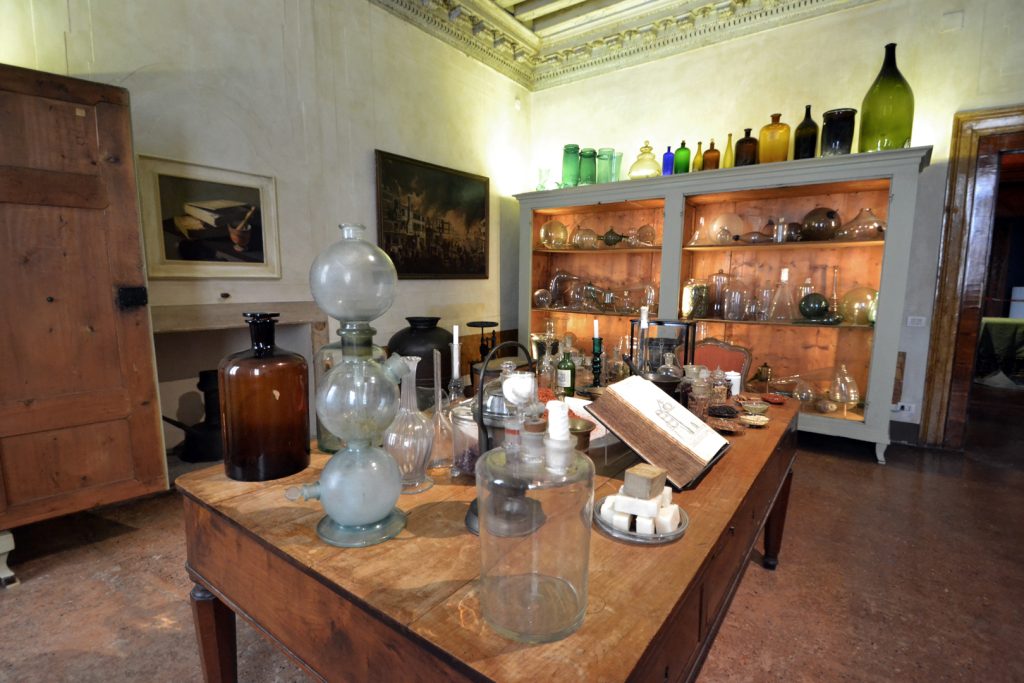
Perfume Museum
Why a perfume museum? The question may seem obvious, but Massimo Vidal explains that there was no specific institution in Venice for this purpose. Therefore, in 2013, his family proposed an innovative collaboration with Gabriella Belli, director of the Foundation Musei Civici. This collaboration resulted in sponsoring the restoration of the Costume Museum at Palazzo Mocenigo in S. Stae, with the creation of a new section dedicated to perfume. The cost of the operation was 600,000 euros, and the setup of this section was supported by the experience of the famous scenographer and theater director Pierluigi Pizzi.
The perfume museum is located inside Palazzo Mocenigo, the costume museum. It consists of five rooms, centered around the reconstruction of a perfumer’s laboratory with its stills, scented containers of natural and animal substances, captivating and evocative.
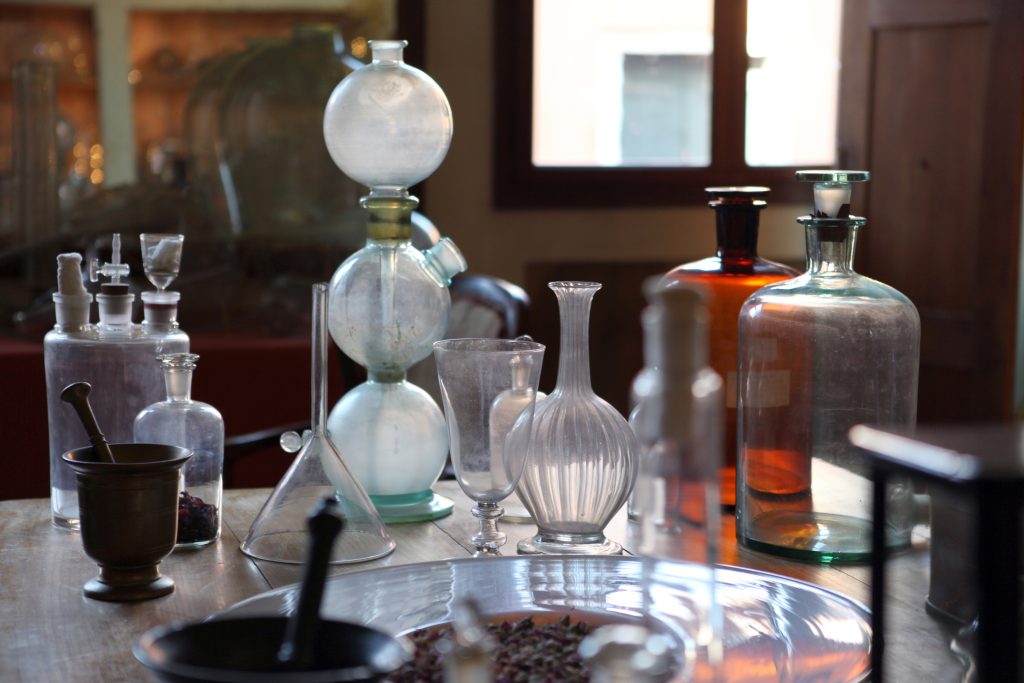
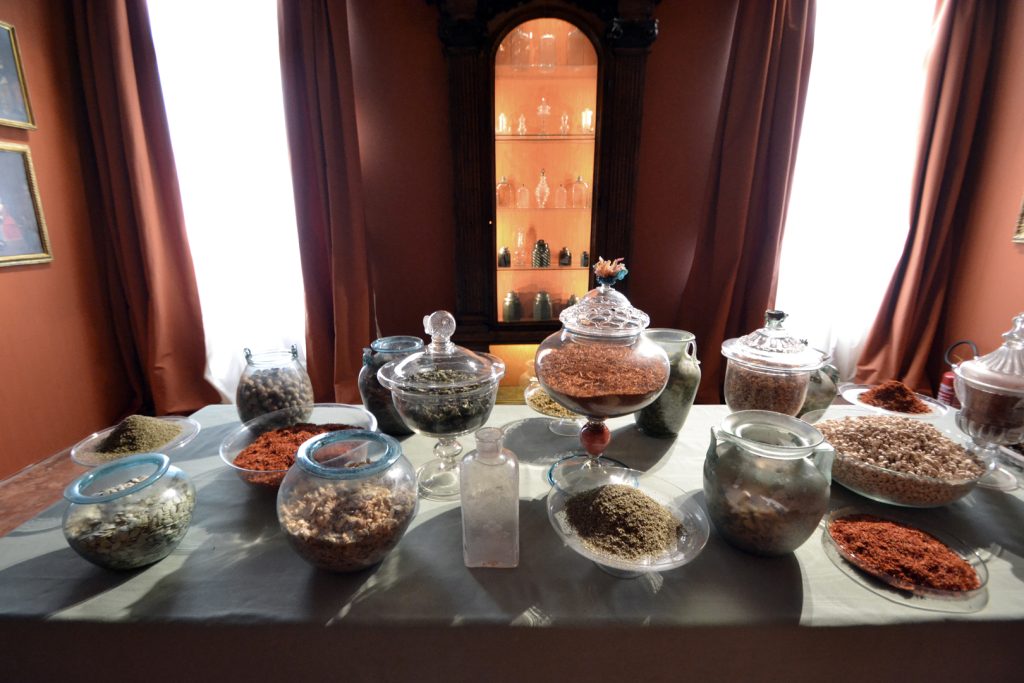
The family Vidal
Giovanni Dolcetti in his Book dedicated to the Venetian Families indicates that the Vidals were originally Venetian citizens with various branches established in Dalmatia, France, and Spain. Already in the thirteenth century, there is news of a Vidal deacon at San Raffaele, and in 1609, Vidal Vitali obtained the privilege to manufacture half-cloths or “sagie.” I have encountered the name Vidal several times in my historical research, and in Venice.
The Ancient Pharmacy and the Architect’s House
I have always been impressed by the great beauty of two of The Merchant of Venice’s retail locations: the pharmacy at Ercole d’Oro and the palace at San Fantin. The pharmacy at Ercole d’Oro, in Santa Fosca, is one of the few remaining ancient Venetian shops that still retains its original Baroque furniture and ceramic vases from Bassano. The store in San Fantin occupies the ground floor of a nineteenth-century house-palace built by Giambattista Meduna, the controversial but skilled proto-architect of the Basilica of San Marco, next to the Teatro La Fenice.
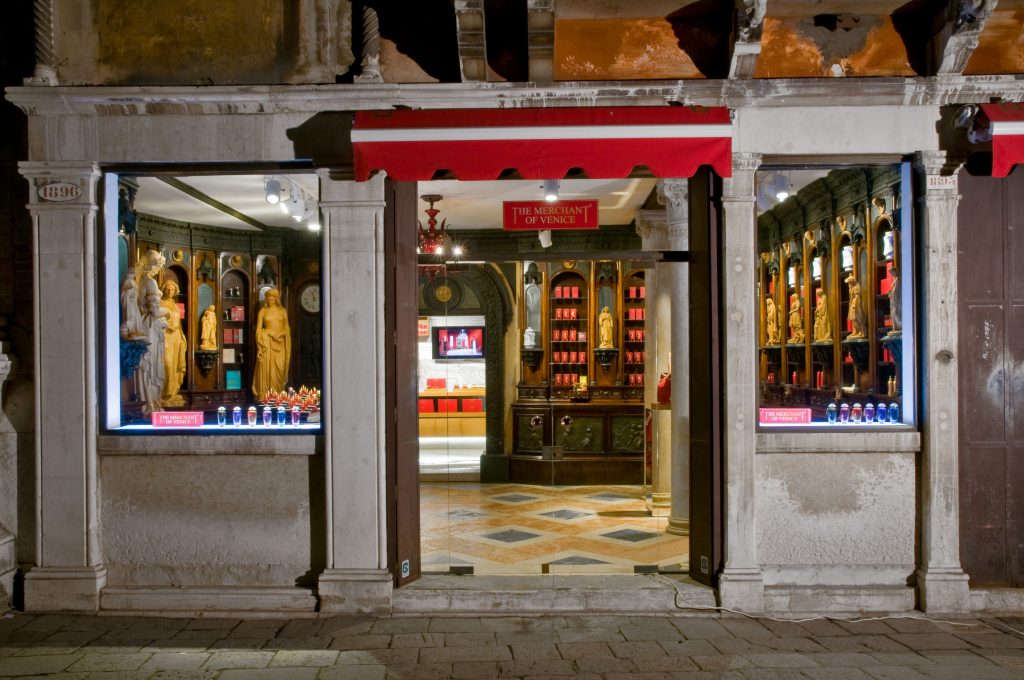
I asked Massimo Vidal why he had invested so many resources in the new store at San Vio precisely in 2020, the most dramatic year of the period marked by the economic crisis caused by Covid. The store-atelier hosts perfumes but also Venetian artisans and artworks. It was opened, together with Prince Giovanni Alliata di Montereale, a few steps from the Cini Gallery.
I remember his response well – it was that precisely in moments of crisis, we must reflect and seek energies to find new paths that help us overcome the emergency-.
Today, the economic crisis has been overcome, but the hope remains that there are other local entrepreneurs willing to invest in quality, in the area, instead of mass tourism.
This interview was conducted at the beginning of 2022 when the economic and social crisis resulting from the COVID pandemic had not yet been overcome and translated and adapted in October 2024.
FIORELLA PAGOTTO — I am an art historian and a writer, author of essays on art history and biographies of artists. I also deal with the history of architecture and the history of architectural restoration. I have been a guide to the city of Venice and the Veneto villas since 2012, when I passed the Veneto Region exam.
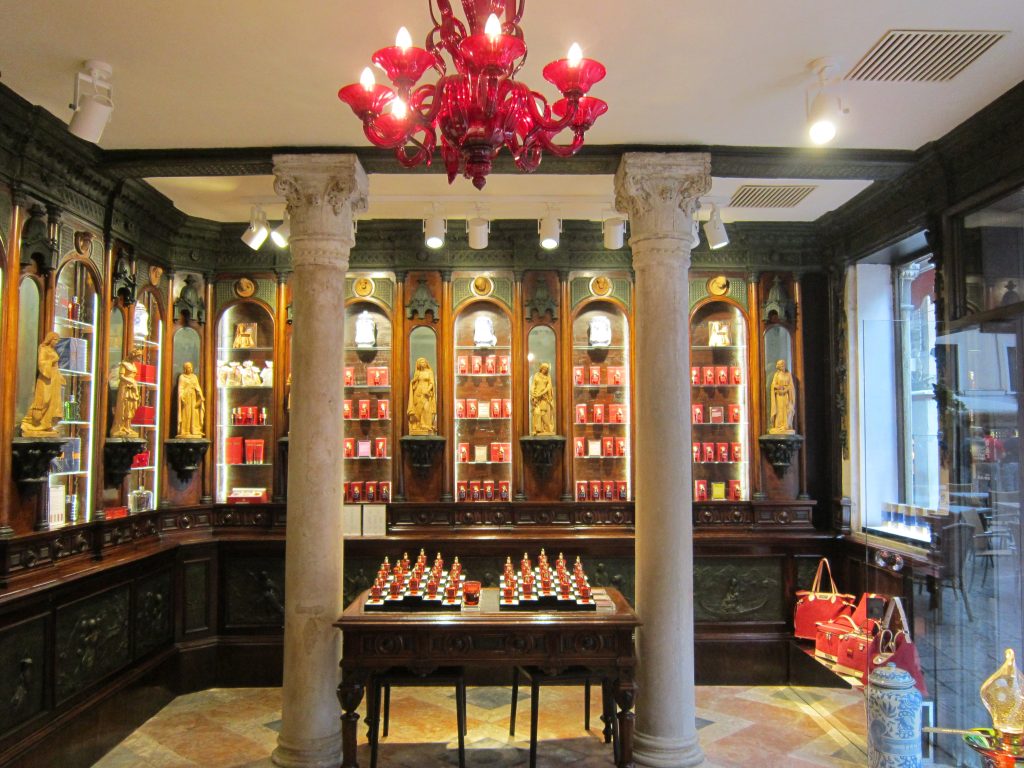
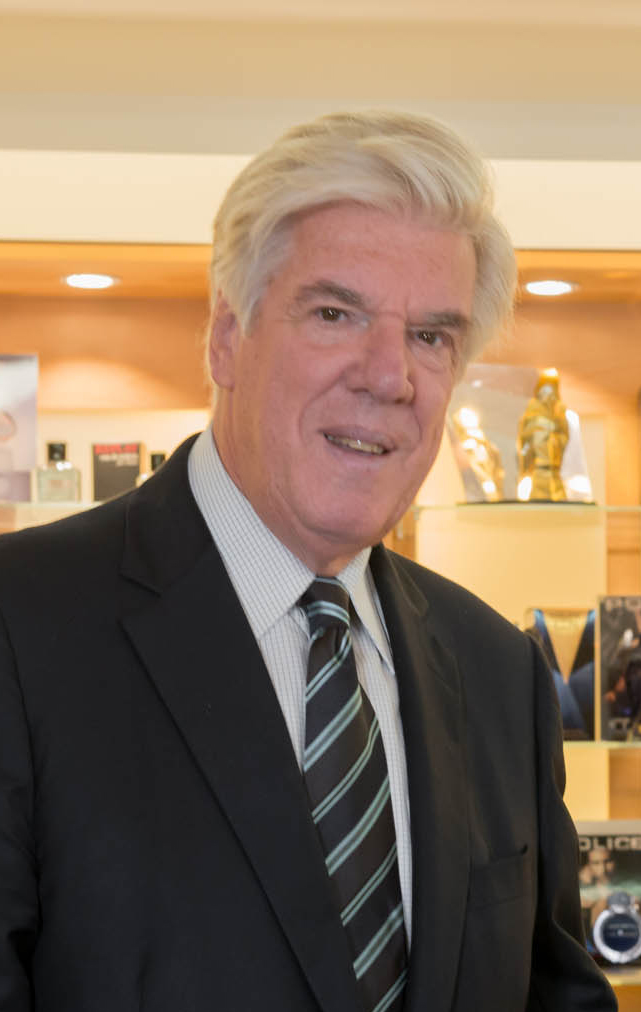

The link to the Italian version 🇮🇹
@ Copyright holder 2024 All rights reserved. No part of this publication and pictures can be reproduced, stored in a retrieval system or transmitted in any form or by any means, electronic, mechanicanical or photocopying, recording, or otherwise without the prior permission of the publisher.